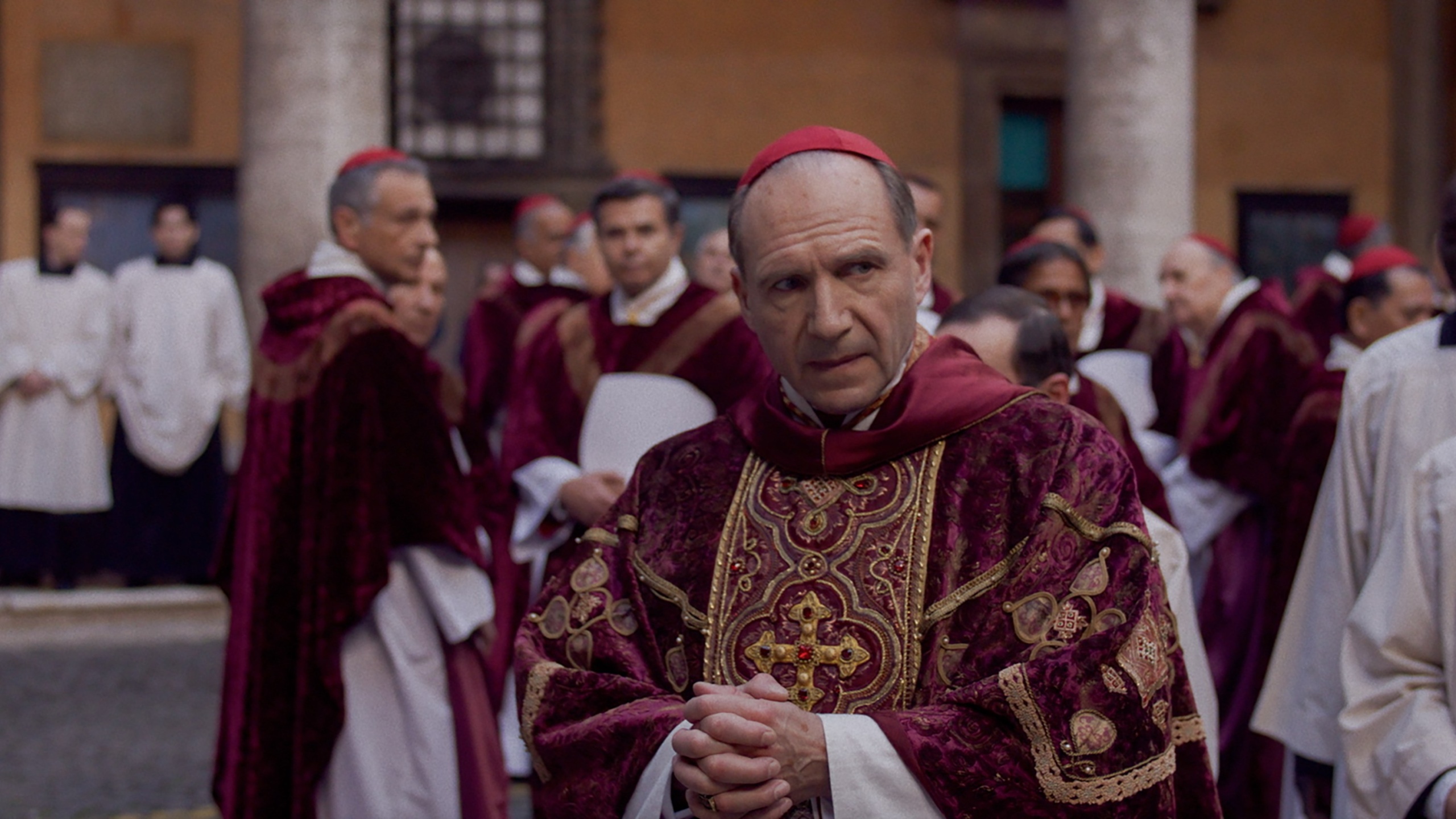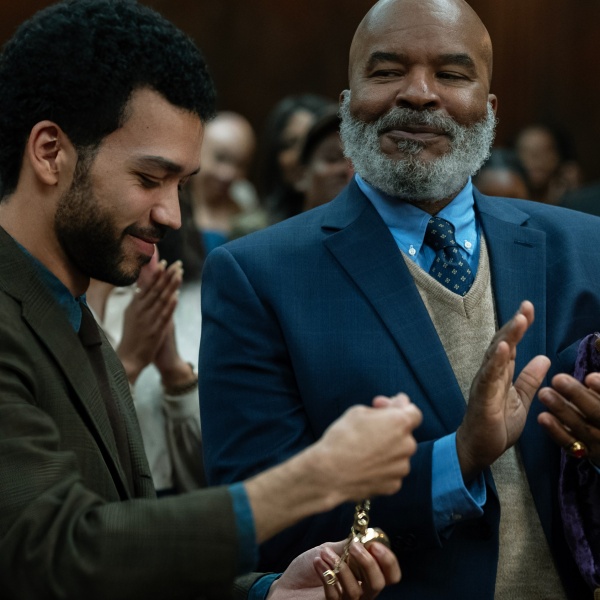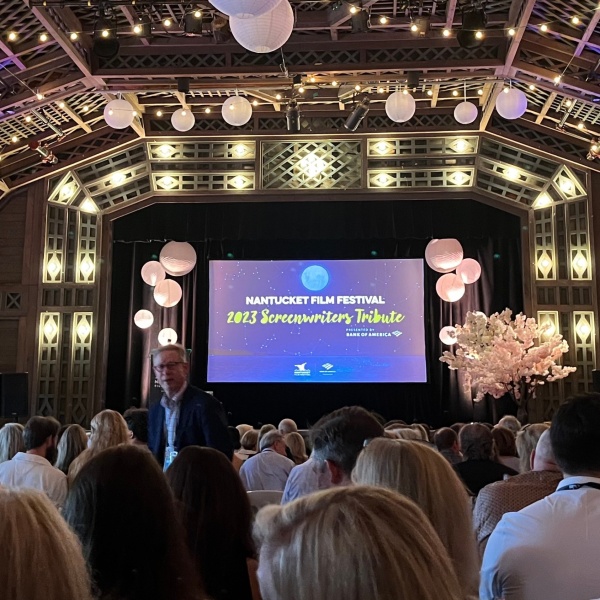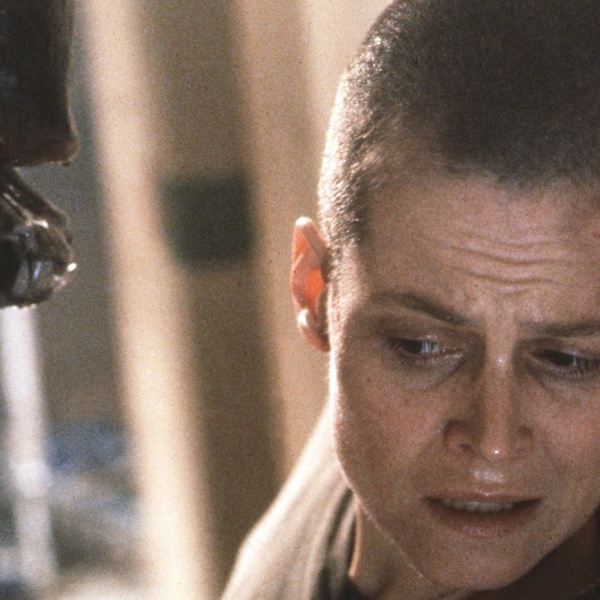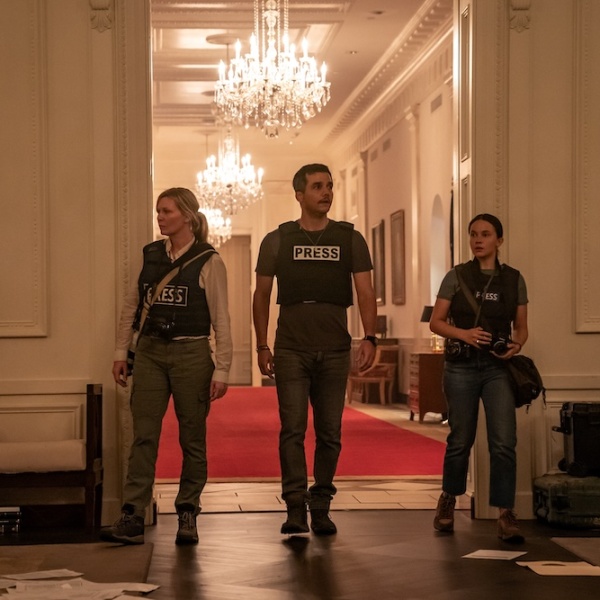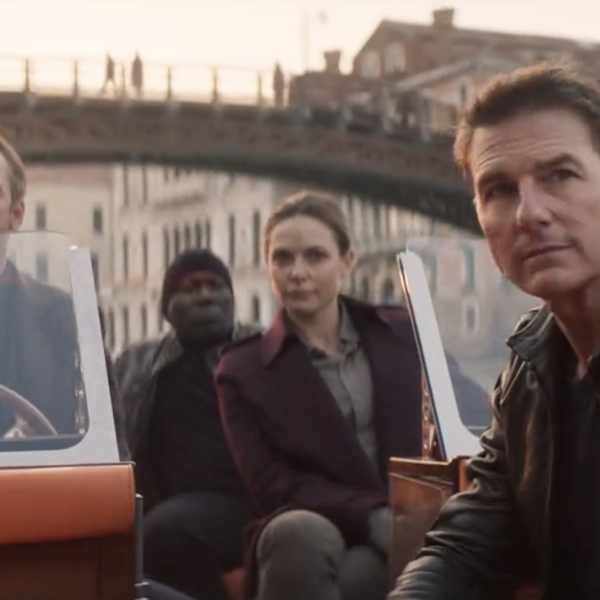Edward Berger’s “Conclave” (Focus Features), which premiered at Telluride before going to TIFF, is the inverse of his Oscar-winning crafts juggernaut, “All Quiet on the Western Front.” That’s because the religious thriller primarily takes place indoors and wields a subtler crafts approach than the explosive World War I epic. It stars Ralph Fiennes as a cardinal with a crisis of faith tasked with overseeing the secret selection of a new Pope, and offers a different kind of warfare waged inside the ancient battlefield of the Vatican, predicated on power and hate.
The Oscar-contending “Conclave” crafts team is led by cinematographer Stéphane Fontaine (“Jackie”), production designer Suzie Davies (“Saltburn”), costume designer Lisy Christl (“All Quiet on the Western Front”), editor Nick Emerson (“Emma”), and Oscar-winning composer Volker Bertelmann (“All Quiet on the Western Front”).
The challenge, of course, was working with so many interiors inside the Vatican (shot at Cinecittà studios in Rome), especially the sequestered conclave within the Sistine Chapel. Fontaine’s shadowy lighting evokes a noirish atmosphere of mystery and conspiracy. His camera work is slightly muscular when given the room to roam in the beginning, but more still and probing when Fiennes turns detective in trying to solve a disturbing mystery concerning the deceased Pope.
For Davies, the strategic design aesthetic was a balance of light and dark, traditional and contemporary, male and female, when going behind closed doors. “So we’ve got these elements of Rome and the Vatican that are traditional and beautiful and ornate and gilded and ancient, and then we’ve got sharp, airless, locked in, brutal, fascist sort of designs, and it’s the juxtaposition of those two things that I found really interesting working with Edward,” Davies said in the production notes.
For example, there’s a hermetically sealed, posh prison approach to the fictional Casa Santa Marta Vatican apartments, where the cardinals reside, and slightly more freedom inside the Sistine Chapel. Fortunately, Cinecittà had an existing set for the latter in storage that it could restore using the same painters.
In terms of costume design, Christl got creative with different fabrics, sewing, and deeper colors. Since so many of the characters are dressed in identical red robes (the cast includes Stanley Tucci and John Lithgow as rival cardinals), she differentiated through such details as crosses, rings, shoes, and overcoats.
For Emerson, the thriller is an editorial slow burn. With so much taking place within the sequestered conclave, it was important to sustain the mystery while moving the story along within the confinement. However, his use of close-ups and medium shots of Fiennes, who gets thrown into a crisis of faith during the ordeal, helps center the film‘s emotional gravity.
Meanwhile, Bertelmann applied the same minimal approach to his score that he learned from “All Quiet on the Western Front.” The score varies from sacral pieces to energetic compositions, evoking tension and sensitivity.
Instead of the more obvious organ, Bertelmann used the Cristal Baschet, which consists of tuned glass rods that are played by rubbing with wet fingers. Strings were also used to enhance tension or for rhythmic purpose. Some electronic elements were additionally placed in the background as texture, along with low percussion. The result is a sparse but dense score with many variations for just two themes.
As a potential crafts contender, “Conclave” is in a different league from “All Quiet on the Western Front,” but it’s just as sharp and precise, and it contains a special retro-contemporary quality that could be an advantage.
Focus Features will release “Conclave” in select theaters November 1.
